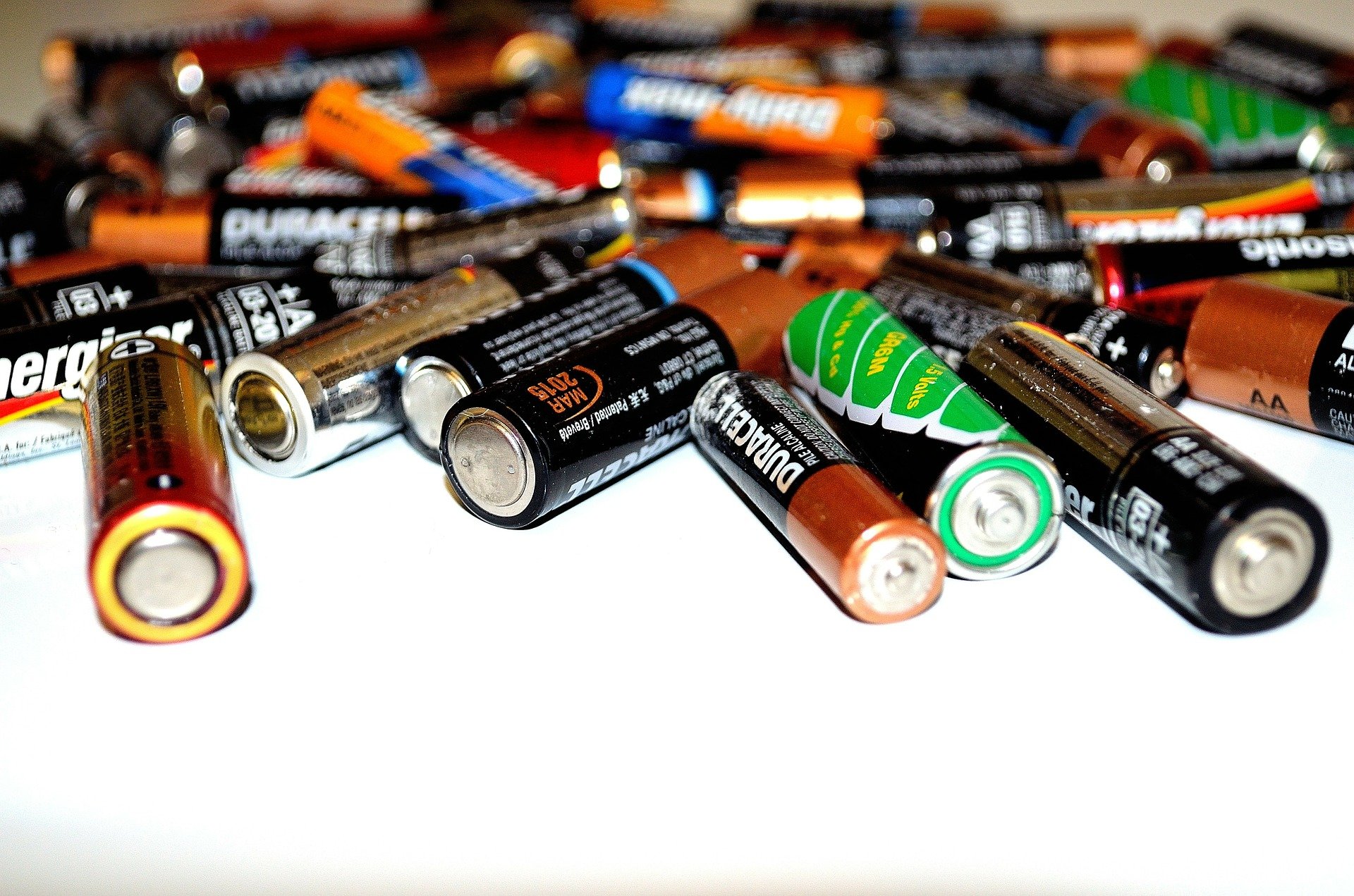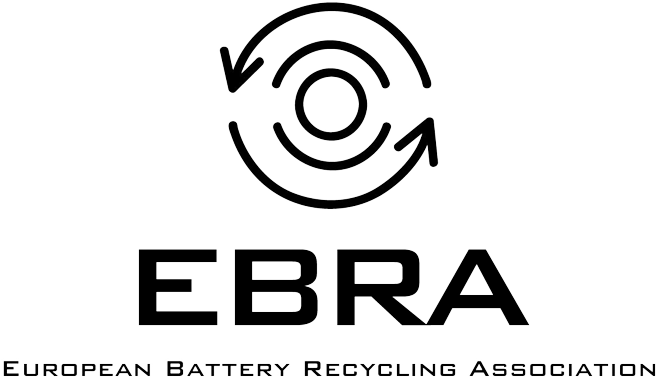
Welcome to the world of batteries!
Types of batteries
A battery is a device consisting in one or more electrochemical cells and some external connectors for powering of electrical or electronical devices. It is usually made of a cathode, an anode, an electrolyte and some separating papers.
Inside the cell a chemical reaction is taking place producing electrons. The electron flow is the electric current powering the devices.
The chemical reaction can be reversible (secondary batteries or rechargeable batteries) or irreversible (primary, non-rechargeable batteries).
There are several possible chemical reactions producing electrons, leading to a large variety of battery types (C chemistries). It's almost impossible to list them all. We will just summarise here the most important ones:
Primary (non-rechargeable) batteries:
Alkaline batteries
Zinc-Carbon batteries
Li primary batteries
Some types of button cells
Secondary batteries:
NiCd (Nickel Cadmium)
Lead-acid
Nickel Metal Hydride
Li-Ion
Some types of button cells
What battery chemistries does EBRA cover?

Cathode vs. Anode
When supplying an electrical current,
The negative terminal (anode) is the source of electrons flowing to the external device.
The positive terminal (cathode) has a higher potential than the anode and the electric current flows from the cathode through the external device back to the anode.
Batteries are available in different size and shapes. The small ones (powering torch, mobile phones, laptops…) are also called 'portable' or 'consumer' batteries.
The larger ones (powering professional tools, cars, etc.), specifically design for industrial applications are called 'industrial batteries'. This category includes the batteries from hybrid or full electric cars .
The last category is made of the automotive batteries, mainly represented by the lead-acid batteries used in conventional cars with a thermal engine.
The lifetime of a battery is very much dependant of the chemistry and design. Some rechargeable batteries can have a use phase of more than 10 years. In some case, they can even be refurbished for a second use, extending their use phase even longer.
